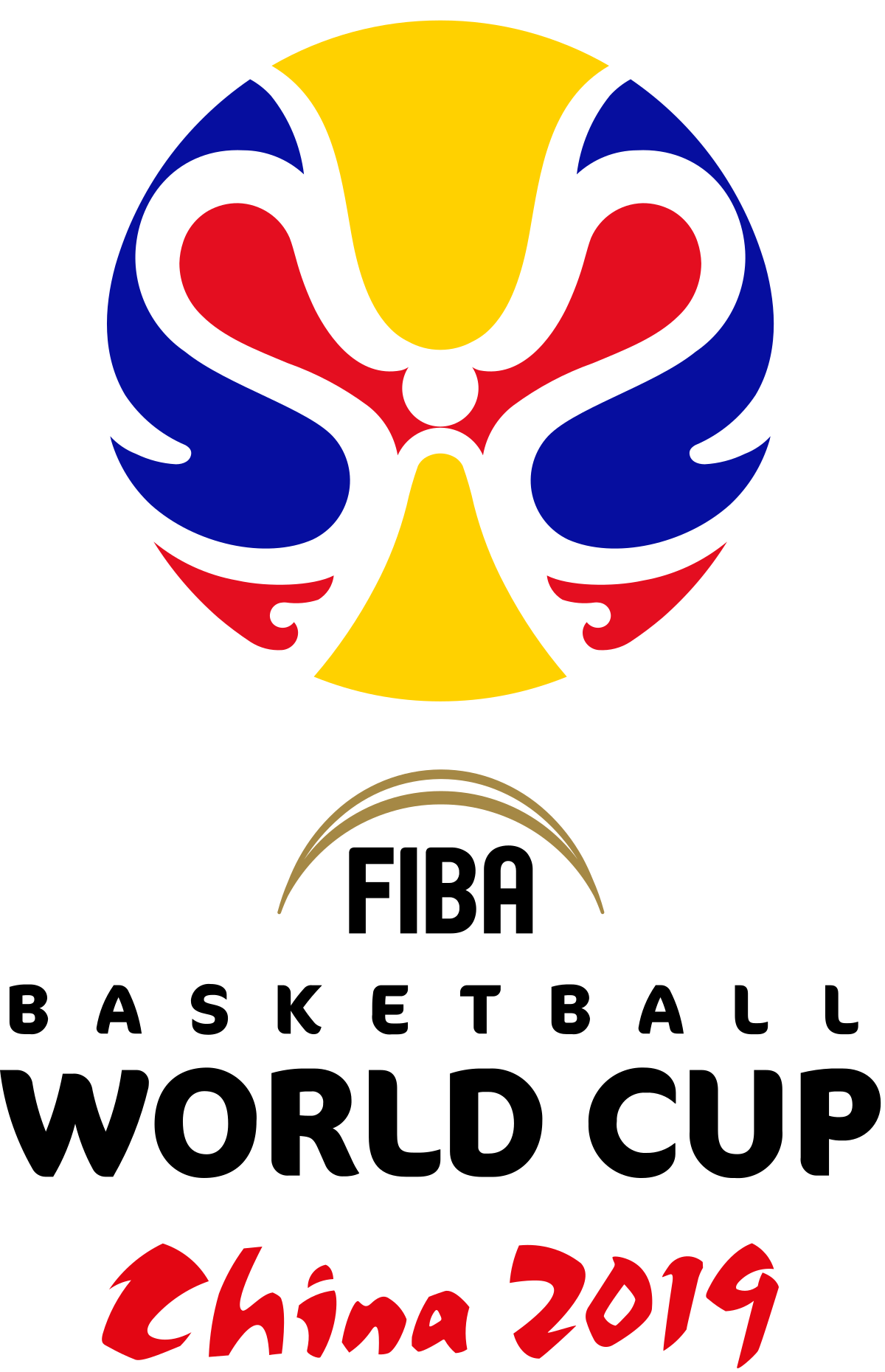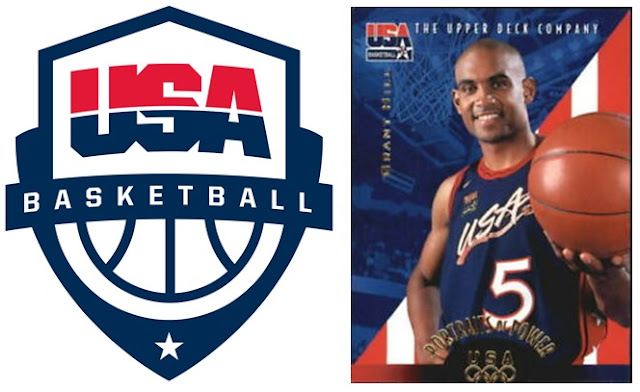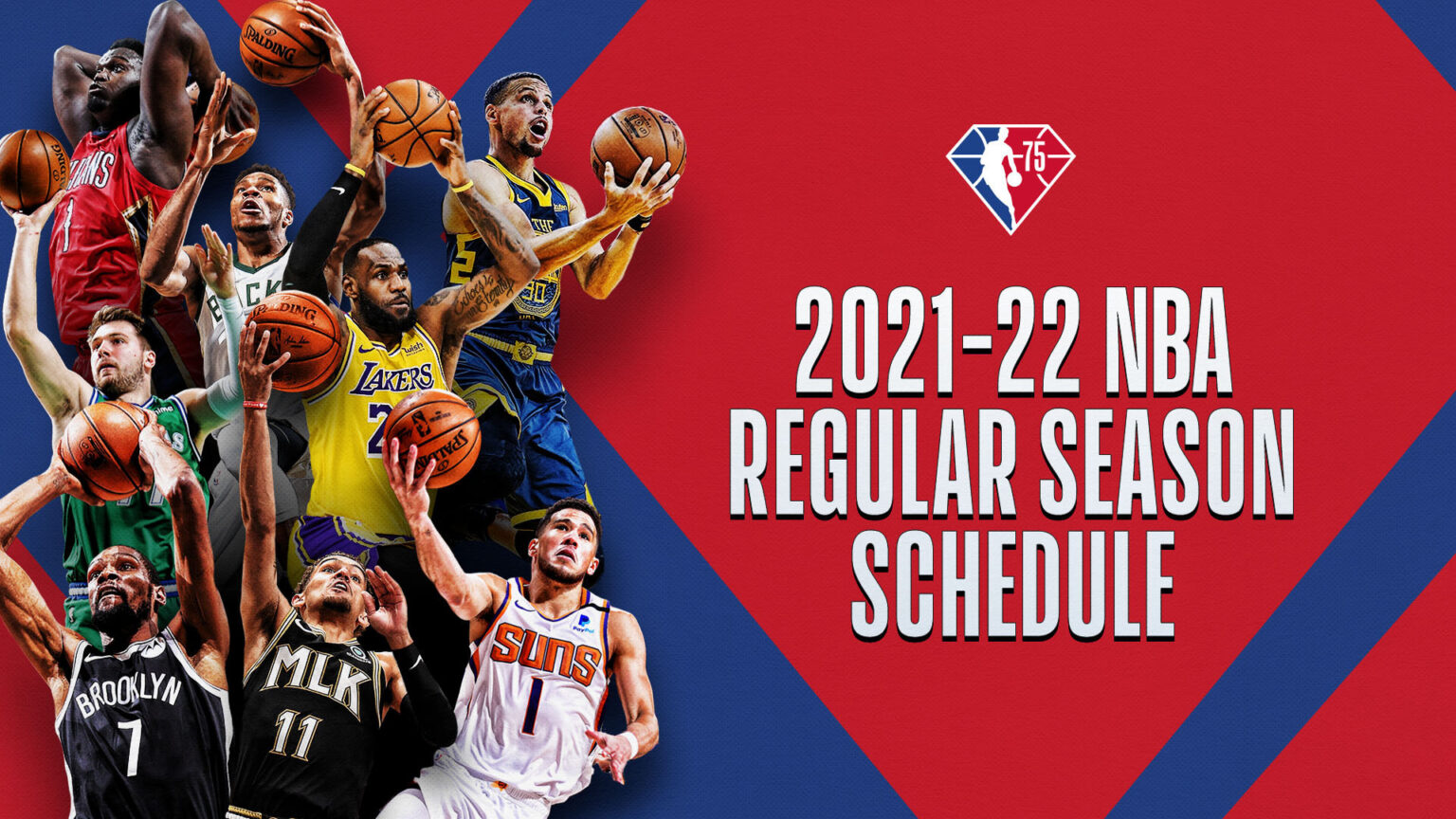2019 FIBA Basketball World Cup: Too many teams?

Welcome to the first edition of The
International Basketball Opinion (TIBO), the world’s newest and only blog specifically
dedicated to international basketball current events and news.
In the recently concluded 2019 men’s FIBA Basketball
World Cup, for the first time in the 69-year history of the competition a total
of 32 teams from FIBA’s five regions competed for the Naismith Trophy. The Marc
Gasol-lead Spanish squad reigned supreme in China, beating out tournament
surprise and fan-favorite Argentina to secure their second FIBA championship.
Question: Is 32 teams the right amount
for the FIBA WC, or is it too many?
FIBA has a global membership of 213 national
federations. Doing some simple math tells us that just 15% of its total
membership qualifies for the World Cup, or three out of every 20 teams. That percentage
is on par with other similar international competitions, but low compared to top
professional championships in various sports.
Let’s compare:
Let’s compare:
FIFA Soccer Men’s World Cup: 32 out of 211 member
nations = 15%*
IBAF World Baseball Classic: 16 of 127 member
nations = 13%
FIVB Volleyball Men’s World Championship: 24 of
222 member nations = 11%
NBA basketball playoffs: 16 of 30 teams = 53%
NHL hockey playoffs: 16 of 31 teams = 52%
Euroleague basketball playoffs: 8 of 16 teams =
50%
NFL American football playoffs: 12 of 32 teams
= 38%
MLB baseball playoffs: 10 of 30 teams = 33%
UEFA Champions League soccer playoffs: 16 of 79
teams = 20%
*Keep in mind: FIFA is planning
to expand to 48 teams (23%) for the 2026 USA-Mexico-Canada World Cup.
As mentioned above, FIBA’s qualification ratio
of 15% in relation to total membership is similar to FIFA’s 15%, IBAF’s 13% and
FIVB’s 11%, and much lower than the world’s top professional leagues in their
respective sports that range from 20% (UEFA CL) to 53% (NBA).
It is important to note that the professional
leagues are much higher as professional sports are more entertainment-focused
and contain the world’s top players, allowing the teams to be much more
competitive from top to bottom.
Conclusion: Based on these numbers, a
32-team FIBA World Cup WOULD be the correct size, especially when compared to
other world championships.

HOWEVER, not all FIBA’s 213 members
participated in the 2019 WC qualifying process. That number was reduced by FIBA
to only the top 80 national teams from its five regions, whereas in other
sports all member nations participate in an all-inclusive and multi-tiered
qualification process.
If you redo the math using only the total of 80
member nations, you get (32 divided by 80) a much higher qualification ratio of
40%.
Is 40% too much?
Second conclusion: I think it is! Based on 80
countries participating in the qualification process, I believe the percentage
should be 20 to 30%, or 16 to 24 teams.
Now let’s look at it from another, and more
important, angle: competitiveness.
Is it really a competition of 32 teams where
all 32 have a legitimate chance, or at least a shimmer of hope, to finish on
the podium? Or is it really a competition of six to eight teams with real
chances of medaling, while the other 24 to 26 teams are just rice-and-bean
fillers in the “basketball burrito” for the purpose of increasing fan interest,
TV markets and most importantly sponsorship and advertising revenues?
Let’s examine the competitive level of the 2019
WC by studying how many games were “blowouts,” how many were “competitive” and
how many were “ultra-competitive.” I define a blowout as a game with a final
score differential of 15+ points, competitive games with differentials of six
to 14 points and ultra-competitive games as those won by five or fewer points as
well as those that go into overtime, regardless of the final score.
In the first round of the competition there
were a total of 48 group games played.
Blowouts: 22 – 46%
Competitive: 15 – 31 %
Ultra-competitive: 11 – 23%
Of the 22 blowout games, eight (17% of all
games) were major blowouts with point differentials of between 39 and 59 points
with the scores being: 59-105, 62-108, 62-101, 47-101, 67-126, 64-103, 66-108
and 45-98. In three of these contests the losing side was from the African
continent, while the other five involved Asian teams coming out on the short
end of the scoreboard.
In the second-round, or medal-round, games
there were an additional 16 games played among the top 16 teams. The
percentages remained almost identical, with blowouts accounting for 44% of the
games.
Blowouts: 7 – 44%
Competitive: 5 – 31 %
Ultra-competitive: 4 – 25%
Not until the quarterfinals (final 8) did the
games really get “competitive.” Here there were a total of 12 games, including
the fifth through eighth place classification games.
Blowouts: 1 – 8%
Competitive: 9 – 75%
Ultra-competitive: 2 – 17% (includes one of the
two semi-final games)
Though a total of 11 of the games were
competitive/ultra-competitive, only two of the 12 were ultra-competitive. The
only blowout took place in the championship game where Spain dominated the
tournament darlings Argentina by winning all four quarters and winning the Cup
with a 95-75 victory.
What does this breakdown tell us? The games
only get completely competitive when the tournament is twiddled down to its
final eight teams.
Third conclusion: If we want the Basketball
World Cup to be competitive from start to finish and truly be a festival of basketball
with the world’s TOP teams, the field should be reduced, not increased. 32
teams, like 48 in soccer, is way too watered down and it takes too long to get to
the interesting games.
However, I know FIBA would never go back down
to just eight teams. I would be OK with 16 teams (FIBA won’t do that either), or
even the previous 24 teams, in order to include more countries and it not be
such a drastic U-turn, but that is the max.
TIBO’s solution: FIBA needs to be bold
and think BIG by being the first international governing body to have multiple championships
(world cups) that would involve all their 213 member nations in the qualifying
process while allowing all countries to compete for a championship with others on
their level.
This would also motivate all the national
federations to really develop the game within their countries and their
national teams, knowing that everyone has a legitimate chance of qualifying for
a World Cup.
How would it work? While this solution is
specific to the men’s competition, it could be applied equally to the women’s
side.
1. FIBA Basketball (Gold) World Cup (24 teams):
top 80 ranked teams in the FIBA World Ranking Presented by Nike (two years
prior to the WC) compete in a qualification process to qualify the top 24 teams
for the (Gold) WC. Europe (7), Americas (6), Asia-Pacific (6), Africa (4), host
nation (1).
2. FIBA Basketball Division B (or Silver) World
Cup (16 teams): teams ranked 81 to 150 (70 teams) compete in a similar
qualification process to qualify the top 16 teams for the Division B or Silver WC.
Europe (5), Americas (4), Asia-Pacific (3), Africa (4). The host nation would be
determined one year out among the 16 qualified teams.
3. FIBA Basketball Division C (or Bronze) World
Cup (12 teams): teams ranked 151 to 213 (63 teams) compete in a similar
qualification process to qualify the top 12 teams for the Division C or Bronze
WC. Europe (4), Americas (3), Asia-Pacific (2), Africa (3). The host nation
would be determined one year out among the 12 qualified teams.
Each tournament would be hosted by one or more
different countries or regions – such as Central America or the South Pacific,
rotating FIBA regions each tournament – and take place one after the other
allowing FIBA and the game of basketball to dominate the summer months of June
through September every four years.
If FIBA really wants to increase fan interest, TV
markets, and sponsorship and advertising revenues, yet with competitive
tournaments while also TRULY developing and growing the game globally, then this
is the way to do it!
-------------
The international Basketball Opinion is the
first blog of its kind, focused exclusively on the international basketball
scene. Its author, Alan Walls, is an American basketball coach and
administrator with over 25 years of experience on the youth, high school, NCAA,
professional and national team levels in 15 countries and on all five
continents. Walls has worked with the
national federations of Turkey, Romania, Palestine, Mongolia and El Salvador as
well as coached or conducted camps and clinics throughout the United States – including
his native Hawaii – Mexico, Argentina, China, Hong Kong, Kenya and Israel.
Walls is the founder and General Secretary of the United Nations of Basketball
(2020 launch).



Comments
Post a Comment